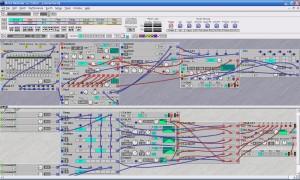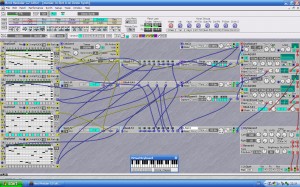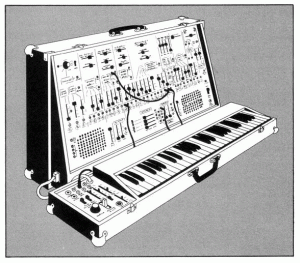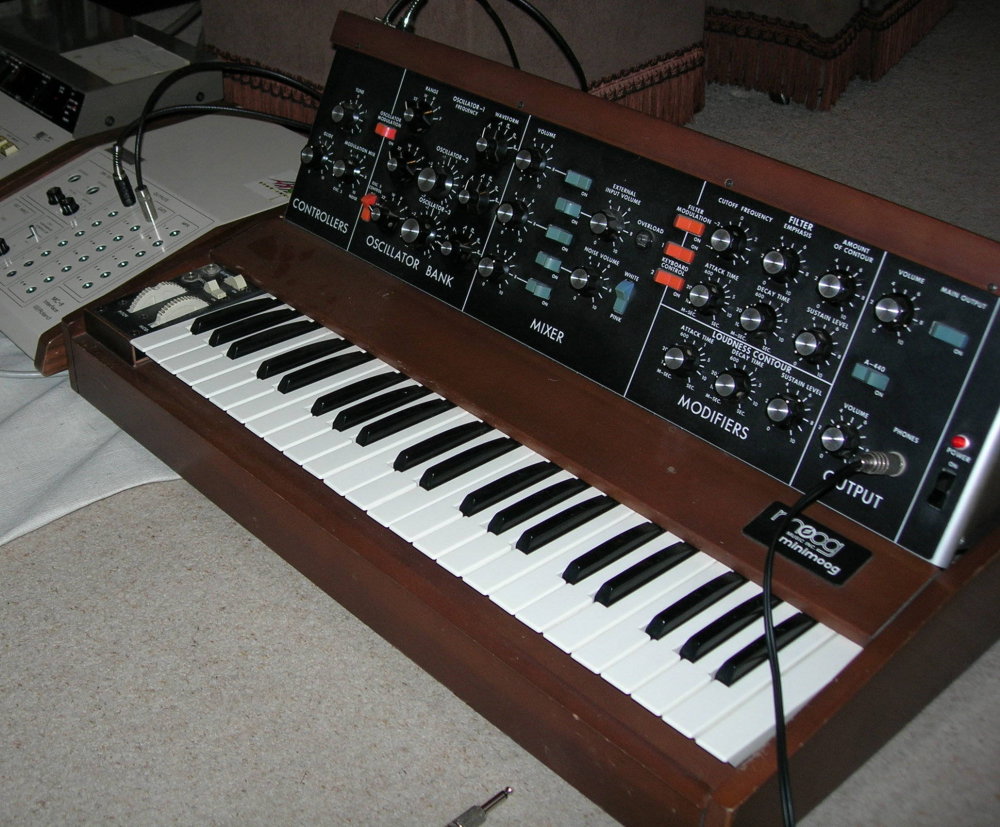Right, first things first, the comments that follow are my own opinion and I have no connection with Korg.
OK with that out of the way, I recently bought my first new synth in years, a Korg MS20 mini. It is brilliant,,,
I needed a synth as a teaching aid as I am reluctant to take my EMS Synthi AKS out nowadays so the search was on for a modern analogue synth that could be used to introduce people to the principles of operation of an old-style analogue synth.
Intrigued by the idea that Korg were to release a new version of their MS20 I felt that it deserved some serious research into what they had created as a ‘new’ synth for 2013.
I duly visited my local keyboard shop where they have an MS20 mini on permanent demo (but none actually in stock!). I approached with an open mind to find that Korg have created a near perfect 89% sized replica of the original. The electronics are surface mount but as near as they could make to the original with modern components. They even used some of the development team of the original and I feel they have succeeded admirably.
Having put the demo model through its paces I concluded that this was the closest you could get to owning a new MS20 and that the scaling down aspect was not a problem. So I ordered one…
To my surprise the news came that a delivery was days rather than weeks away so last week I collected my first ‘new’ analogue synth in living memory.
As I stated earlier this synth was purchased as a teaching aid and for that purpose it is ideal as it is a synth with a fixed signal path but also has a small jack field to allow patching of some of the control voltages. Some of the functions will not work without patching so that encourages experiments.
However having spent some time with the MS20 mini I have concluded that it is one of the the best new (/old) synths I have seen or heard in years. The reason for this conclusion is that it sounds amazing, this is a synth with surprising depth and detail so instead of being a substitute for any synth I have already it actually brings some new sonic possibilities.
I wasn’t expecting that.
The final thought is that it actually brings analogue synthesis back to the masses as it makes good analogue synthesis within reach of many more people as it only costs £500 (the same price as a reasonable electric guitar). Compare that to the £1500+ being asked for an original MS20 from the 1970s.
Well done Korg, perhaps this is the beginning of an analogue synth revival…






